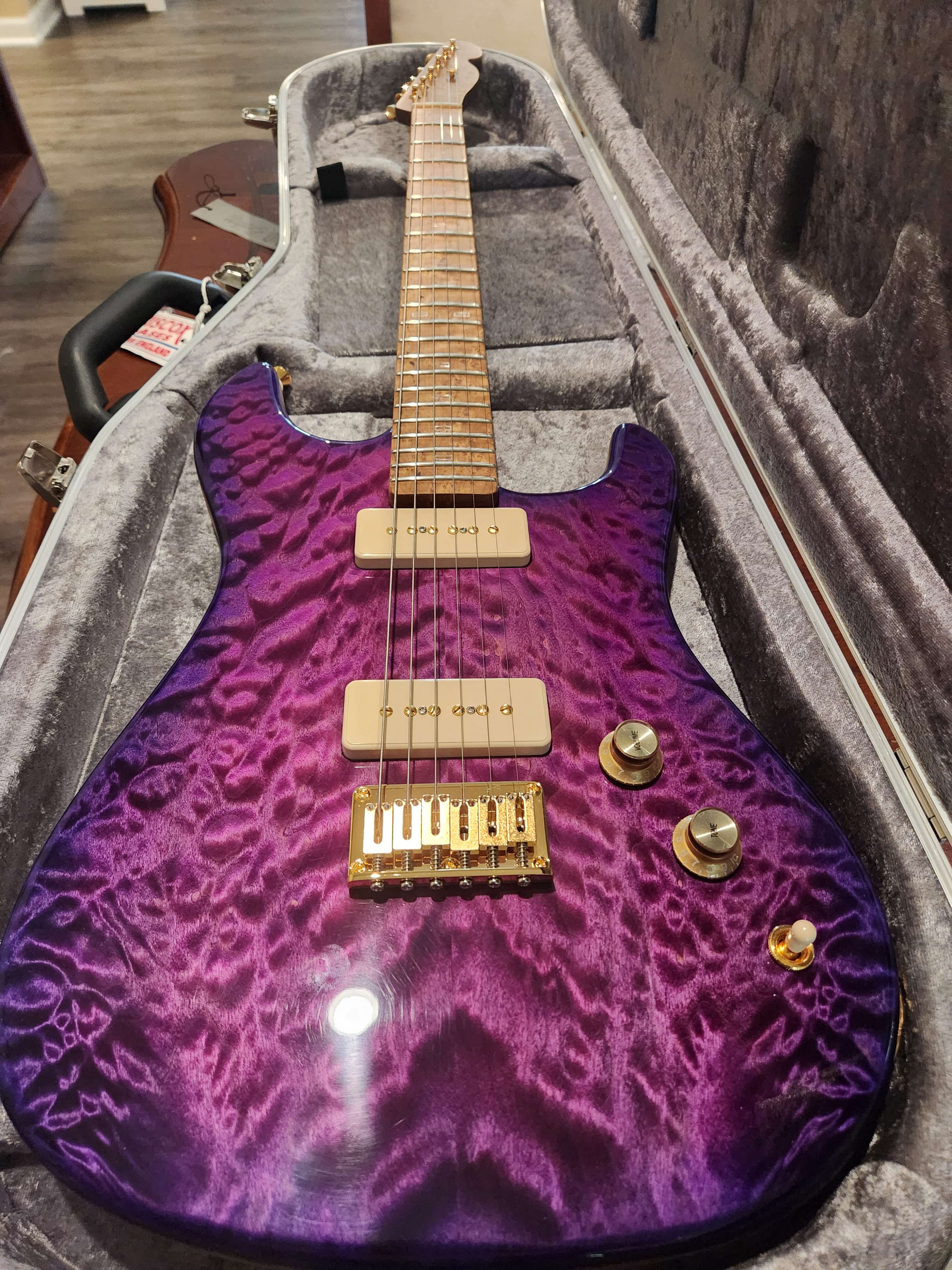Hello community, I’ll try to be brief. My 13 year old son got a 3d printer as a gift, and I’d like to learn alongside him. We have 0 experience. However, I am a data scientist, so lots of professional Python experience, if that helps. We’re a foss/Linux family so my questions are:
What tools are the best to learn for 3d printing for me? I am ready to learn CAD programming. Can you all recommend a tech stack and resources to learn it?


For me, I design with Fusion360 and I slice with Cura (I have a Creality Ender 3 Pro v1). Honestly, I think the biggest learning curve for me was learning all the little changes and optimizations that you have to make to get the printer to print well. So I’ll just collect a bunch of the little tips that I’ll learned:
Depends on your printer, I think. Mine is quite happy being leveled only after nozzle changes, and the autolevel is Good Enough.